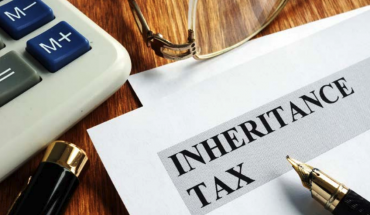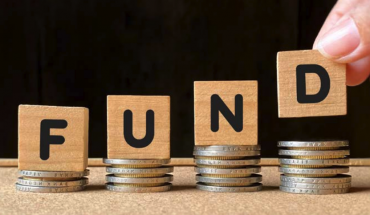Getting warmer
By Fahad Kamal, Chief Market Strategist, Kleinwort Hambros
The first half of 2020 is now behind us, but it is a period indelibly etched into our collective memories. We entered this year cantering towards the eleventh year of a bull market, a long rally seemingly impervious to its own impermanence. Of course, it all came to a shuddering halt as the breadth of the Coronavirus pandemic began to register. The first quarter saw global equities (i.e. MSCI AC World index) fall by 20.4%. Volatility was at an all-time peak; in March, the global equities index moved by more than 3% in any direction 11 times out of 22 trading days. Context is important: prior to 2020, the last time global equities moved by +/- 3% in a single day was in 2016. In this environment – with critical unknowns as to the Coronavirus health consequences or the length of imposed lockdowns – we reduced risk across multi-asset strategies.
Fiscal spending
What came next was nearly as surprising. Despite widespread lockdowns, near-total economic stasis, surging unemployment and a terrible toll in illness and death, the second quarter witnessed a powerful rally in risk assets, with global equities rising by 17.7%. With the benefit of hindsight, we can synthesise the underpinnings of the rally into two distinct categories: lockdowns – where enacted and complied with – worked well; Governments and central banks unleashed hitherto unthinkable levels of fiscal spending and monetary stimulus to help stabilise economies and provide liquidity to financial markets.
The critical question today, in the third quarter, is where do markets go from here? Indeed, volatility remains high, the Coronavirus is still surging across much of the globe – including in the US, the world’s anchor economy. Interestingly, while risk-assets have rallied given the reasons above, safe-haven assets have been equally well bid, with gold trading above $1,800 – a near-decade high – and government bond yields near all-time lows.
It is exactly at times such as these – where uncertainty and imperfect information rule the roost – we must rely on the investment principles which underpin our investment process. Those principles are to get the big decisions right (i.e. the broad weight of risk assets versus safety assets in portfolios); to take risk only when it is likely to be well rewarded (i.e. when valuations for risk assets are attractive); and to avoid large losses (i.e. as they are harder to recover from than shallower losses). At present, this is how we view the world through the lens of our investment process which considers the economic regime plus valuation, momentum, and sentiment signals from markets:
Economic Regime
Despite significant economic data surprises on the upside, the global economy is on track to suffer its deepest recession since World War II in 2020 according to the World Bank’s latest forecast (8-June), with global output set to contract by 5.2%. Per capita income will fall in the largest proportion of countries globally since 1870. While they are opening, advanced economies are still projected to shrink by 7% this year. In perfect conditions, a rebound may begin as soon as the third quarter. Our inhouse Leading Economic Macro Indicator (LEMI) has just registered an uptick from a regime of “contraction” into one of “recovery”, a favourable environment for risk-taking. However, given unusual noise around the indicators at present, we are awaiting further confirmation of economic stabilisation over the coming months.
Valuations
Valuations for equities – the largest source of risk and return in most strategies – remain challenging on absolute terms. The US equity market, equal to nearly 60% of the global total, is currently trading at a forward price-to-earnings multiple of 22x, the highest since 2002. That is expensive. However, with rates near zero, there is a good case for a higher than usual tolerance to valuations, particularly for large-cap companies that appear to be immune to the business cycle (“secular growth”). Moreover, when compared to cash or government bonds, equities still have a clear advantage in terms of long-term expected returns. Therefore, while equities are expensive, there are few alternatives amongst the core asset classes.
Momentum
The second-quarter surge in equity markets is a case in point of why momentum is a critical factor in our asset allocation process. Markets don’t have to follow expectations, or even logic, and trends themselves can prove to be self-fulfilling. We view momentum on a slow-moving, month-end basis as it helps avoid whipsaw in oscillating markets, guiding us to take advantage of trends that have sufficient strength. As of the end of June, the global equity market just tipped into positive territory on the ten-month moving average metric that we favour. Should this be sustained, we will view it positively for risk-taking.
Sentiment
Sentiment for risk assets has oscillated wildly over the last few months. Of the indicators we follow, some, such as the S&P 500 net speculative positions imply some bullishness. Others, such as the ten-year US treasury net speculative positions, imply more bearishness. Overall, we are in neutral territory.
Bottom line
Risk assets remain volatile (e.g. VIX near 30, well above its long-term average) and thus more unpredictable than usual; they are also expensive on most measures. Nonetheless, we note the economic regime and the momentum signals we follow have shifted towards increasing risk. Should these signals continue to be supportive, we may seek to add risk in the months ahead.





